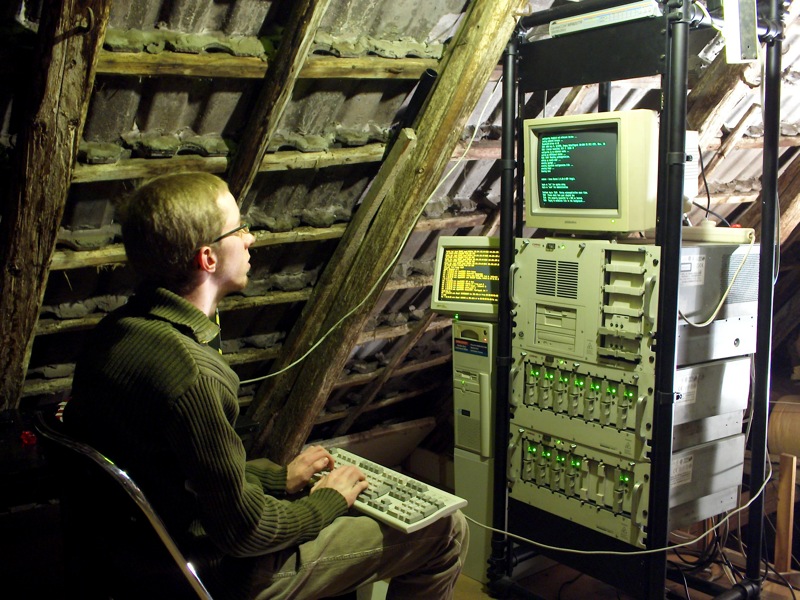An Update On Ansible-NAS - An Open Source Home Server Solution
02 Jan 2019
Its been over a year since I last wrote about Ansible-NAS, and a lot has changed since then. Most notably, people are actually using and contributing to the project. For something that I started to solve a problem of my own, this is awesome! It would appear that I’m not alone in finding FreeNAS a massive overkill for a home server setup, or in wanting to build my own server rather than buying an off-the-shelf product.
Some of the more notable changes:
- Documentation - Documentation is generated using mkdocs, and can be found here.
- Support Chat - As much as I’d love to use IRC, the GitHub integration isn’t there and IRC has a high barrier to entry for new users, so I went with Gitter.
- Tests - Ansible-NAS’s tests run on every commit via the awesome Travis CI. It’s also now possible to spin up a local instance using Vagrant.
- Remote Access - Access to your Ansible-NAS box is available from outside your home network, using Traefik. Traffic is encrypted using certificates from Let’s Encrypt. Guacamole provides remote desktop access to Linux and Windows computers you may have at home.
- Home Dashboard - All applications installed on your server are available via Heimdall.
- Statistics and Monitoring - Grafana, InfluxDB and Telegraf work together to provide a powerful monitoring solution.
- Automatic Updates - Watchtower checks for Docker image updates, and automatically pulls and restarts applications.
- Lots more applications through the work of myself and Ansible-NAS’s contributors - Emby, Gitea, Miniflux, Netdata, Nextcloud, Plex, Tautulli and ZNC!
If (like I was) you’re using FreeNAS and getting frustrated with the high levels of complexity for a simple home server, or you want to build your own home server solution, then take a look at Ansible-NAS and see what you think.
Header photo by Rudolf Schuba.
